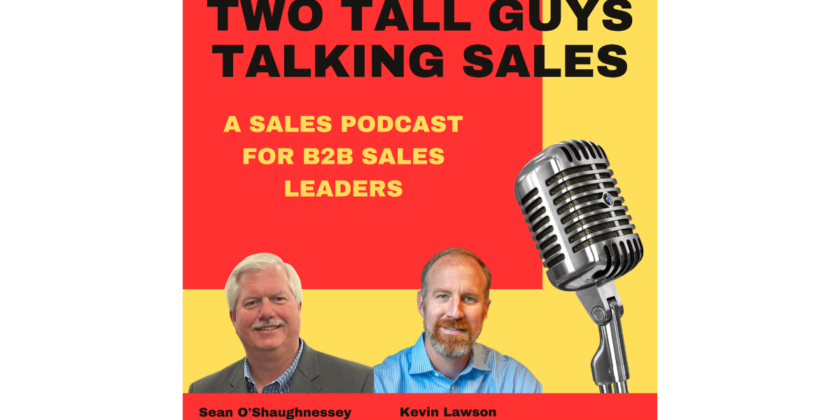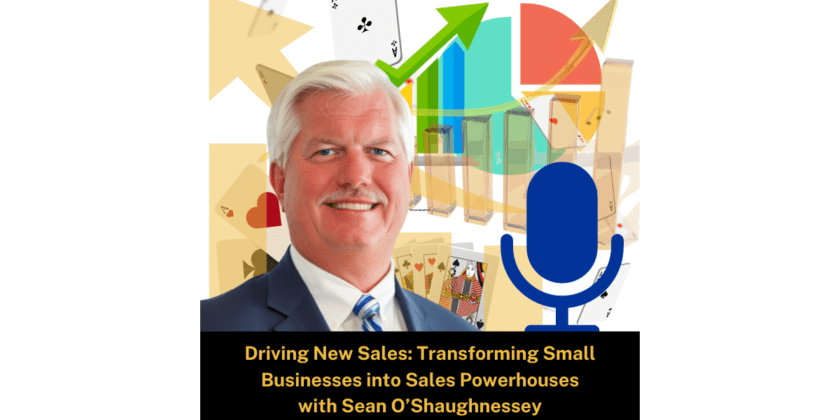The challenge of aligning the right people with the right organizational roles is paramount. As sales leaders and CEOs of small companies, understanding the intricacies of building and maintaining a proficient sales team is crucial for driving growth and achieving success.
The concept of having the “right people in the right seats” is not just a matter of recruitment but an ongoing process of evaluation, development, and strategic alignment. It’s essential to recognize that the adequacy of a sales team is not solely dependent on individual capabilities but also on how these individuals fit within the broader sales strategy and organizational culture.
Compensation plans, customer relationship management (CRM) systems, and the overarching sales infrastructure play significant roles in enabling sales teams to perform at their best. However, the foundation of a high-performing sales team lies in the continuous investment in people. This involves identifying talent and fostering an environment that promotes learning, growth, and adaptation.
Training and development are often overlooked aspects of sales management. Surprisingly, a significant number of sales professionals and leaders go years without receiving formal training. This gap in skill development can lead to stagnation and inefficiency. Therefore, organizations must prioritize ongoing education and training to keep their sales teams agile and competitive.
Furthermore, it is critical that individual roles align with the organization’s goals. This may involve reevaluating existing roles, responsibilities, and processes to ensure they contribute effectively to the sales strategy. Sometimes, the solution does not lie in hiring new talent but in optimizing the current team’s structure and roles to leverage their strengths more effectively.
Performance improvement plans (PIPs) and the concept of “top-grading” the sales team highlight the importance of accountability and continuous improvement. While PIPs can be a tool for addressing performance issues, they should not be the first resort. Instead, leaders should focus on setting clear expectations, providing the necessary resources and support, and fostering a culture of excellence.
Sometimes, the issue may not be with the sales personnel but with the systems, processes, or even the leadership approach. Before making drastic decisions, such as replacing team members, it’s worth taking a step back to assess whether the organization provides the right environment, tools, and guidance for the team to succeed.
Ultimately, building and managing an effective sales team is an intricate process that requires a balanced approach. It involves ensuring that you have the right people in place and that these individuals are equipped, motivated, and aligned with the organization’s goals. As sales leaders and managers, it’s essential to identify and address gaps, foster a culture of continuous learning and improvement, and strategically align team structures and processes to drive sales performance.
For salespeople, sales managers, and CEOs of small companies, understanding these dynamics and adopting a holistic approach to sales management can significantly enhance their team’s effectiveness and their organization’s ability to achieve its sales objectives.
Actionable items that you can do today
- Evaluate Your Team’s Composition: Take a moment to assess the current structure of your sales team. Identify whether each member is in the role that best suits their skills and where they can contribute the most to the team’s objectives. This could involve one-on-one discussions to understand their goals, strengths, and areas for improvement.
- Initiate a Training Needs Analysis: Conduct a thorough training needs analysis to identify gaps in skills and knowledge within your sales team. This should cover everything from product knowledge to sales techniques and the use of CRM systems. Based on this analysis, outline a tailored training program to address these gaps and elevate your team’s performance.
- Review and Adjust Compensation Plans: Analyze your current compensation and incentive structures to ensure they align with your organizational goals and sales targets. Adjustments might be necessary to better motivate your team and encourage the behaviors and outcomes you wish to see. This could mean introducing new performance bonuses, adjusting commission rates, or implementing non-monetary rewards that drive motivation.
- Implement a Sales Enablement Strategy: Start developing or refining your sales enablement strategy to ensure your sales team has the tools, resources, and content they need to succeed. This could involve updating sales playbooks, improving CRM processes, or investing in new sales enablement technology. The goal is to make it easier for your sales team to sell effectively and efficiently.







